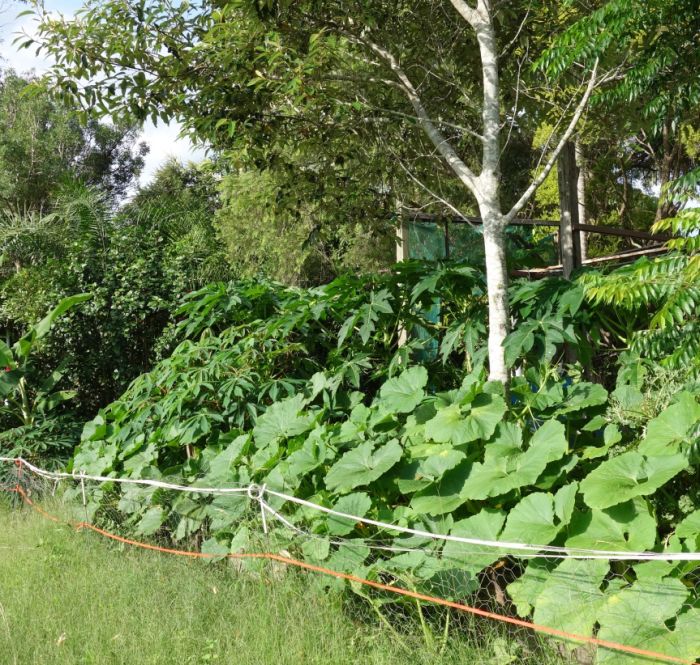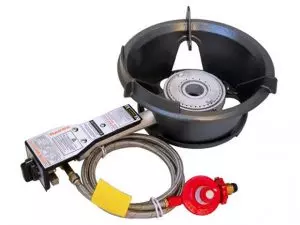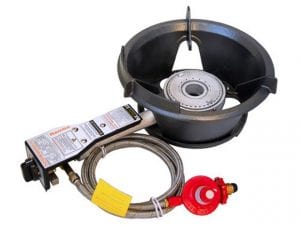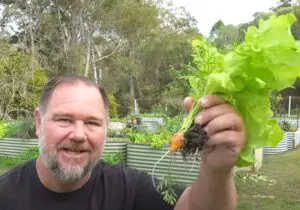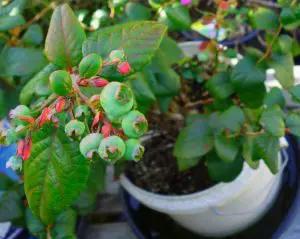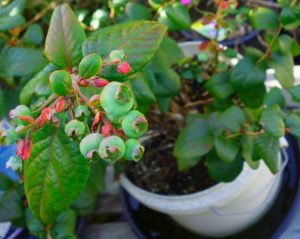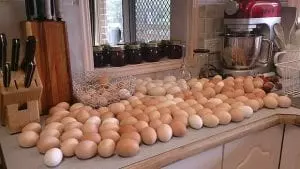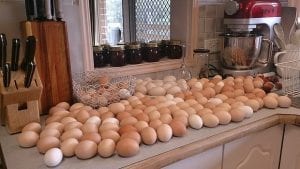It’s no secret that clay soil is far from the gardeners friend. Poor drainage is a problem, and when the soil is waterlogged your plant roots become starved of oxygen. If the soil is too dry, it can be hard to dig and plant roots can’t grow through it.
So how do we fix clay soil and turn it into rich, dark, productive loamy soil that grows great veggies?
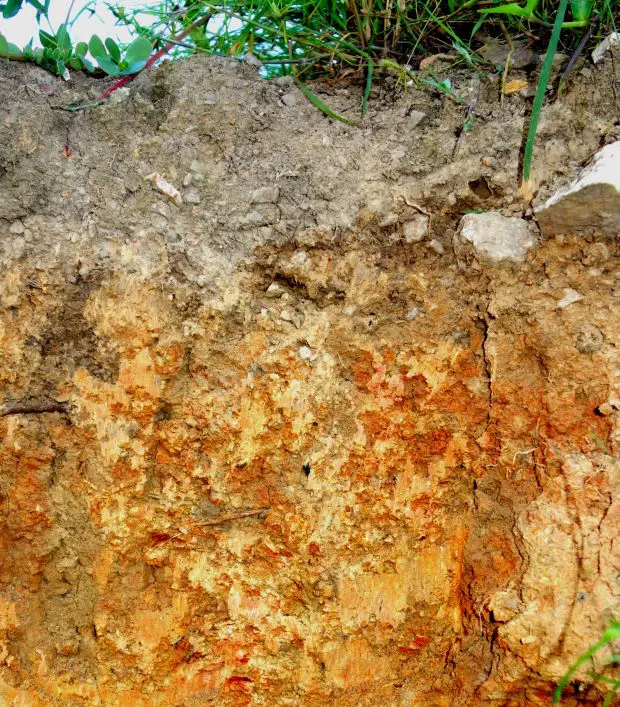
Clay soil is classified into two broad types, reactive and non-reactive. Non-reactive clay doesn’t hold much moisture, so it doesn’t expand when wet. It is known as stable. Reactive clay, as its name suggests, reacts to both the addition and subtraction of water. It changes in volume as it absorbs and releases moisture, so it turns into a thick, sticky, slimy sludge when it rains, but contracts into big hard lumps when it dries out. Reactive clay soil is probably worse for your garden as it can potentially do more damage, and is by far the most common. Both types of clay can be remedied the same way.


How to test your soil type– a quick, cheap and easy way to test your soil is by using the layer test which we describe in detail here. All you need to do is take a clear glass jar, add about a tablespoon of your clay (remove any stones or twiggy bits), then fill the jar up with water until it’s about 3/4 full. Shake your jar until the soil dissolves, then let it settle for 24 hours. If it settles well and the water clears, you have non-reactive clay soil. If it fails to settle and the water remains murky (see pic above), you have reactive clay soil.
To turn your clay soil into rich productive garden soil, you need to add things which disperse the clay particles, create aeration and increase nutrition. Here are your 3 easy ways to fix clay soil.
Gypsum is the first additive you should start with. It converts sodium to calcium in the soil, creates moderate aeration and starts to improve drainage. It can be bought by the bag at any large hardware store or nursery.
Gypsum works as follows. Clay platelets are bonded together by an electrical charge, and the tighter the bonds are, the harder it is to break them apart. Gypsum has the opposite electrical charge, so it can neutralise the charge between clay platelets over time, as long as the soil remains moist but not too wet.
To apply gypsum to your soil, sprinkle two or three large handfuls over each square metre of soil. Dig it in well, to a depth of at least 10 cm (4″). The gypsum must be in full contact with the clay to be effective, and you may need to add the gypsum more than once if you have very heavy clay.


The second way to improve your clay soil is to add organic matter. Things such as compost, well-rotted manures, buried scraps and surface mulching all boost biological activity, feed soil life, improve soil structure, lighten texture and discourage compaction. While no-dig gardening is known to be beneficial to the soil biota, digging is in fact warranted when you’re building up and creating a good vegetable growing soil.

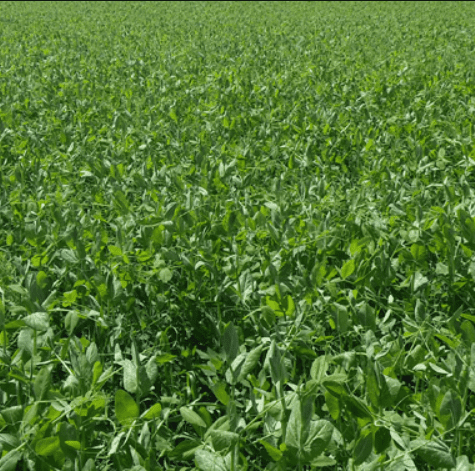
You can also grow what is called a green manure to improve your soil. Green manures are quick-maturing crops that are grown specifically to be dug back in to the ground. In this way, they renutrify the soil. They are used in the home garden as well as commercially. Just like adding organic matter, green manures improve aeration, create structure and increase mineral availability to plants. They usually need around 8 weeks to grow and 6 weeks to decompose, so if there is a time during the year that you want to rest your growing beds, then that is the ideal time to plant a green manure crop. You can read more about green manure crops here.

